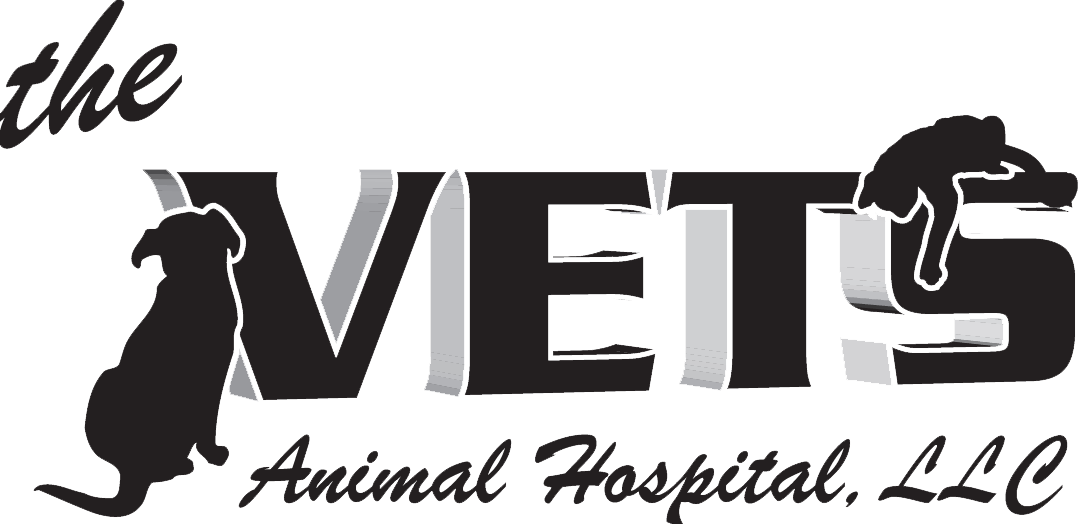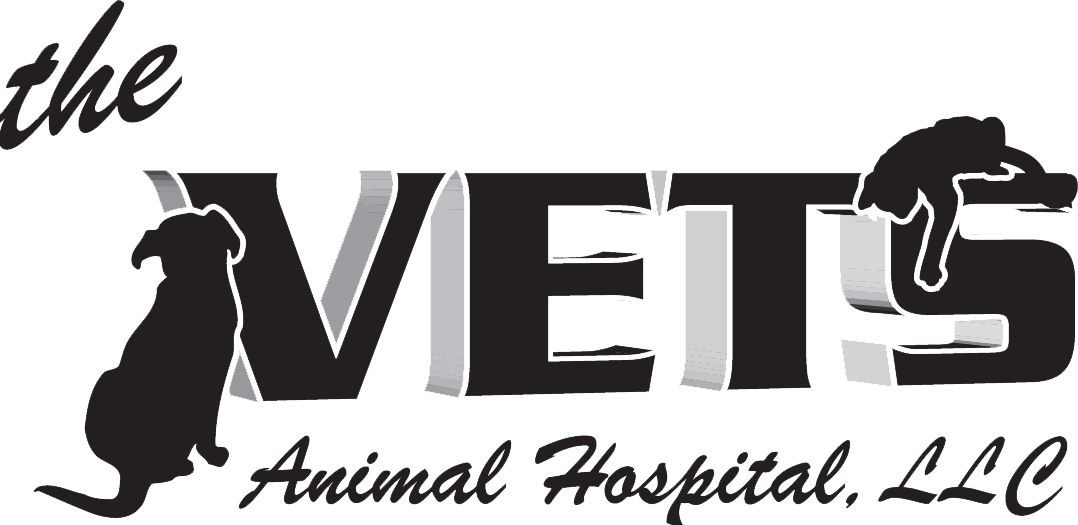Dog: Independence Training
You probably want to spend every moment with your puppy, but that can give you problems if you ever hope to leave your puppy home alone. Dogs are intensely social, and your puppy has spent his life so far in the constant company of his mom and littermates.

